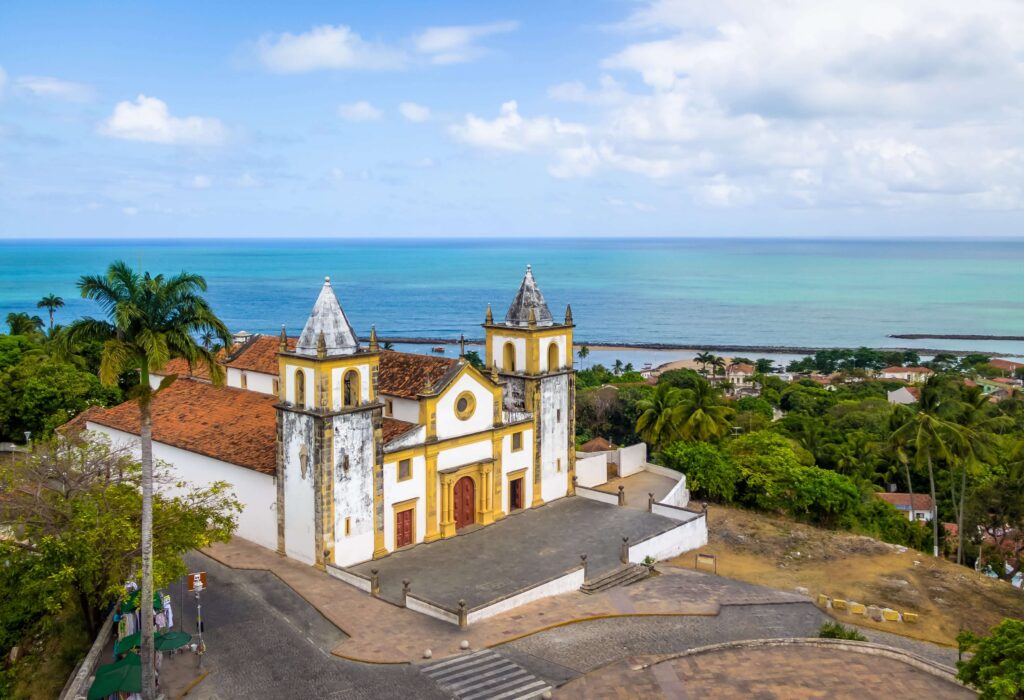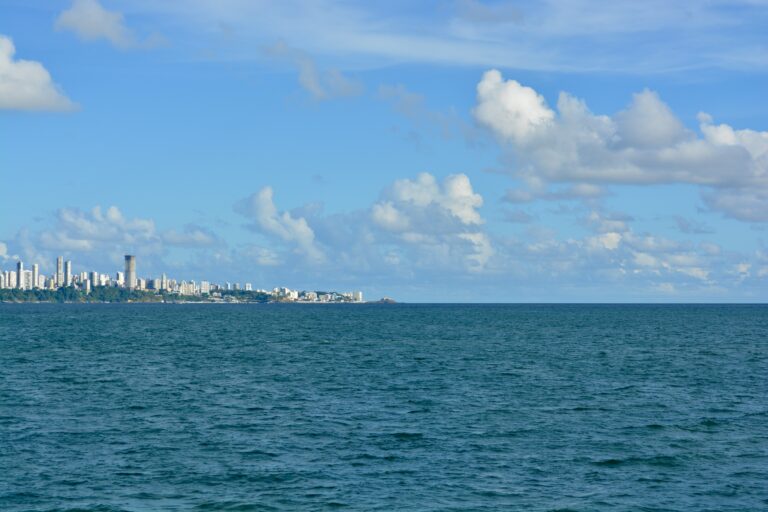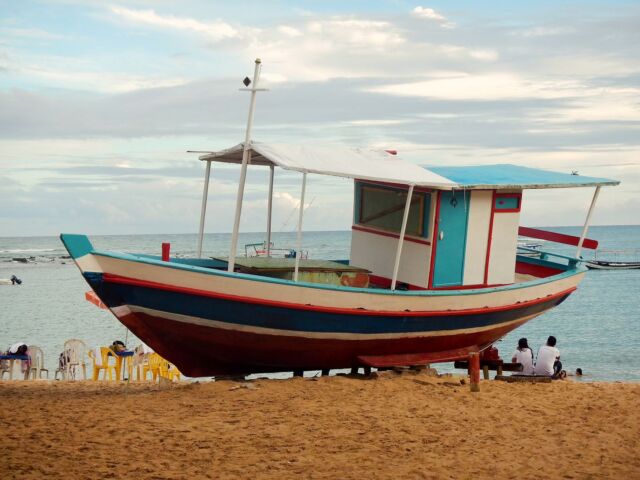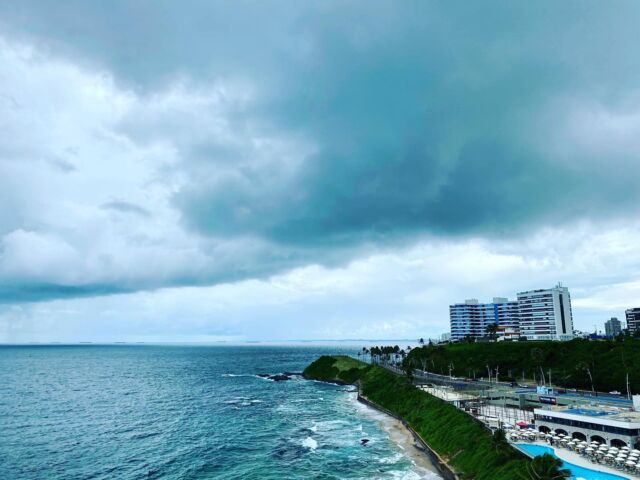The Hereditary Captaincies system, known as “Capitanias Hereditárias” in Portuguese, was a significant move introduced by the Portuguese Crown in 1534 to populate and administer the newly claimed lands of Brazil.
The vast territory of Brazil posed a substantial administrative and defensive challenge for Portugal, especially with its limited resources and the threat of foreign incursion. To address this, King John III of Portugal divided Brazil into fifteen hereditary captaincies, each of which was like a fief given to a Portuguese nobleman, or “donatário,” who was responsible for its settlement and administration.
The land granted to each captaincy was considerable, typically stretching from the Atlantic coast all the way into the interior of the continent, with borders defined by lines of latitude. The donatários had to bear the financial responsibility of colonizing their territories. They were given broad powers within their domains, including the rights to distribute land to settlers, administer justice, and collect the “quinto,” a 20% tax levied on all profits.
The King’s idea was to replicate the success of the same model used in the Portuguese islands of Madeira and Azores. However, in Brazil, the system didn’t work as planned for several reasons. Many of the grantees lacked the necessary funds to develop their captaincies. Furthermore, the land was vast and challenging, the indigenous population was often hostile, and the territories were far away from the metropole, with little to no support from the Crown.
Only a few captaincies, such as Pernambuco and São Vicente, managed to prosper due to the success of sugar cane cultivation. The system’s overall failure led to the Crown directly assuming control over the administration of Brazil in 1549 with the establishment of the Governorate General, marking the end of the hereditary captaincies system, although the captaincies themselves would continue to exist. The first Governor General was Tomé de Sousa, who established the capital in Salvador
The Hereditary Captaincies (Capitanias Hereditárias) system introduced by King John III of Portugal in 1534 to colonize Brazil faced multiple challenges that led to its general failure, except in a few areas. Here are some of the main reasons why the system did not work as expected:
Financial burden: The donatários, or recipients of the captaincies, were responsible for financing the settlement and development of their territories. This task turned out to be extremely costly and beyond the means of many of the grantees. It involved not just transporting settlers, but also providing for their initial needs, building infrastructure, and defending the territory.
Isolation and Lack of Support: The territories granted were vast and often isolated from one another, which made communication and cooperation difficult. The distances from Portugal, combined with the lack of direct support from the Crown, meant that the donatários were largely on their own in facing the challenges of their territories.
Hostile Environment: Brazil’s landscape was diverse and challenging, with dense forests and unknown diseases. Also, the indigenous tribes were often hostile to the settlers, leading to conflicts and violence.
Threat of Foreign Attack: The Portuguese claim over Brazil was contested by other European powers like the French and the Dutch. The scattered and weakly defended captaincies were vulnerable to attacks and incursions.
Economic Challenges: Initially, the primary economic activity was the extraction of brazilwood, but it wasn’t enough to sustain a colony. The successful cultivation of sugar cane took time to establish and was limited to certain regions like Pernambuco and São Vicente.
Inadequate Settlement: The difficulties and dangers associated with settling in the New World meant that there weren’t enough settlers willing to emigrate from Portugal, resulting in low population in many captaincies.
Given these issues, the Portuguese Crown decided to take direct control of Brazil’s administration in 1549, with the establishment of the Governorate General, effectively signaling the end of the hereditary captaincies as a primary method of colonization, although the captaincies themselves continued to exist.



















